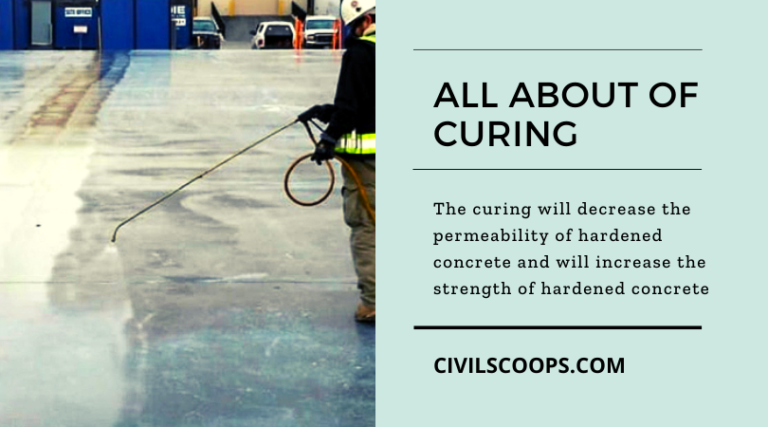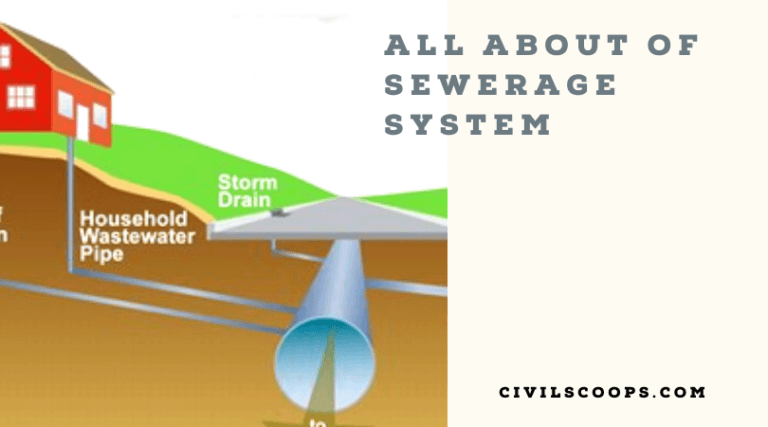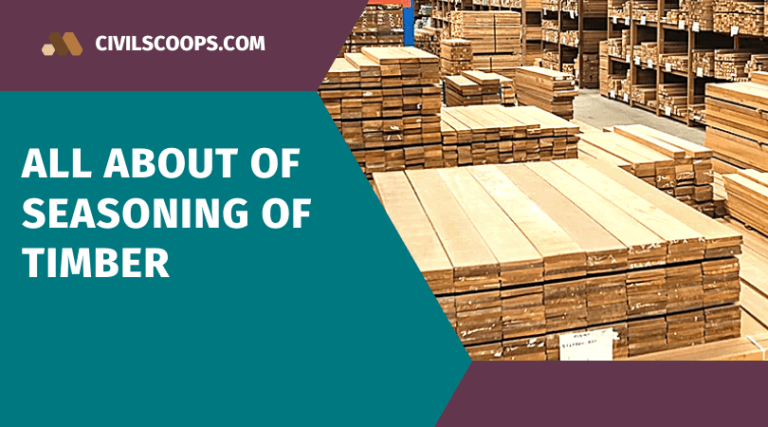Building Estimation Step by Step In Excel Sheet
Dear friend, we work building quantity calculation in manual in a paper, So now going we area in how to Calculate in Excel use a long wall and short wall method. This long wall and short wall method is very easy to calculation in the estimation sheet. In this estimation excel sheet easy calution using…









